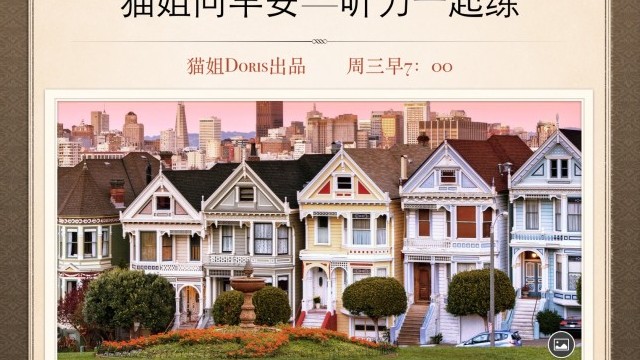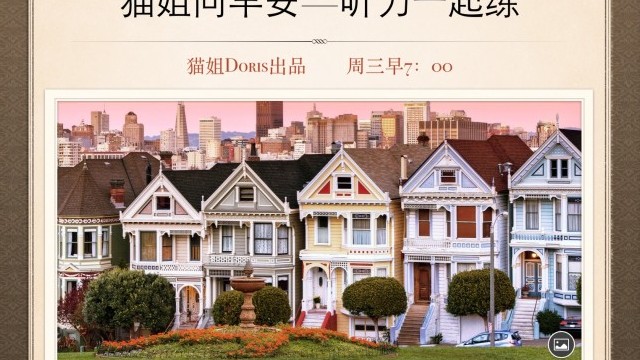科學(xué)60秒:美味香檳是“倒”出來(lái)的
You don't have to be a champagne buff to want the best flavor from your bubbly. So the secret to a perfect glass? It's all in the pour, according to a study in the Journal of Agricultural and Food Chemistry.
A key player in champagne's taste is its ___1___ carbon dioxide. As that CO2 bubbles out, it releases aroma, and provides that tingly bite. As soon as you uncork a bottle, CO2 starts ___2___ the champagne into the air. But pouring it ___ 3___ that process, by increasing surface area and turbulence.
Chemists—French ones, of course—poured champagne into fluted glasses two ways. The traditional way, ___4___, splashing off the bottom—and the beer way, onto the side of a ___5___ glass. Then they measured the CO2 lost during the pour.
At 40 degrees Fahrenheit, champagne poured traditionally quickly lost a quarter of its carbon dioxide. But pouring down the side caused only half the gas loss. Closer to room temperature, the drink became flat fast, whatever way you pour. So if you want your champagne très bon, keep it cold. And pour that bubbly like it’s Bud.
- 相關(guān)熱點(diǎn):
- 品牌聽(tīng)力
- 英語(yǔ)聽(tīng)力mp3











